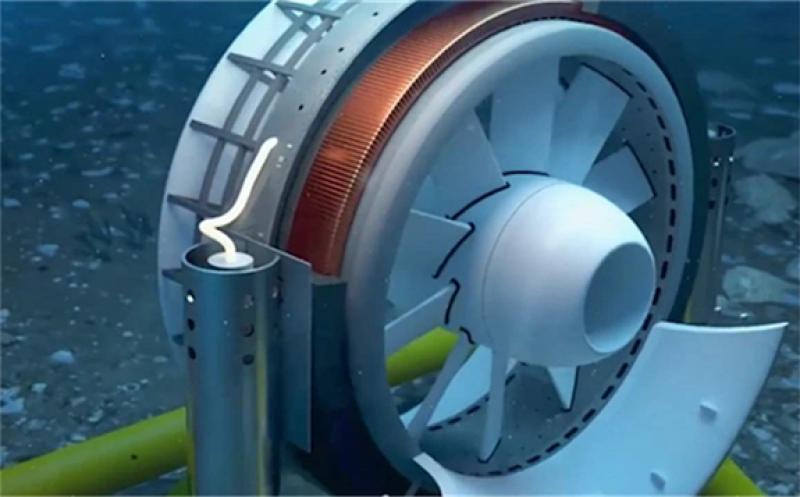The U.S. Department of Energy today (Nov 24) announced $35 million in funding for 11 projects as part of the Advanced Research Projects Agency-Energy's (ARPA-E) Submarine Hydrokinetic And Riverine Kilo-megawatt Systems (SHARKS) program. SHARKS teams will develop new economically competitive Hydrokinetic Turbines (HKT) designs for tidal and riverine currents.

"Hydrokinetic energy is an abundant renewable resource that can boost grid resiliency and reduce infrastructure vulnerability, but it is currently a cost prohibitive option compared to other energy generating sources," said ARPA-E Director Lane Genatowski. "SHARKS teams will address this barrier by designing new, efficient HKT systems that utilize America's tidal, riverine, and ocean resources to develop economically attractive energy generation opportunities."
SHARKS projects address at least one of four generation use-cases: remote riverine energy, remote tidal energy, utility scale riverine energy, and utility scale tidal energy. Projects are encouraged to apply concurrent (as opposed to sequential) design methodologies: control co-design, co-design, and designing for operation and maintenance. These methodologies will significantly decrease the levelized cost of energy (LCOE) of the final HKT design. Projects will work to reduce the LCOE through multiple approaches, including increasing generation efficiency, increasing rotor area per unit of equivalent mass, lowering operation and maintenance costs, minimizing potential impacts on the surrounding environment, and maximizing system reliability.
The multi-disciplinary nature and challenges of HKT design requires expertise from a range of scientific and engineering fields working together concurrently. SHARKS teams will reflect this multi-disciplinary scope. They will incorporate experts in hydrodynamics, structural dynamics, control systems, power electronics, grid connections, and performance optimization.